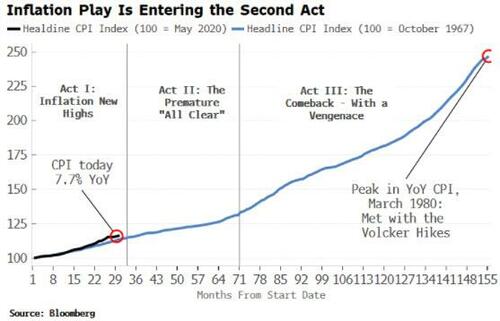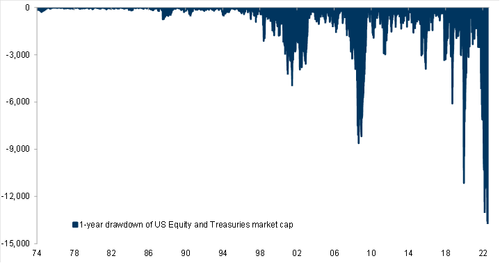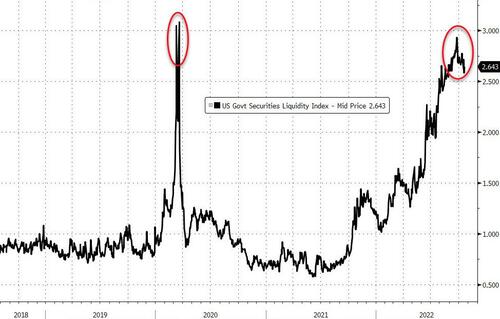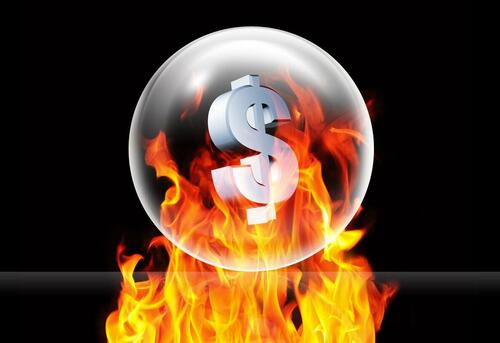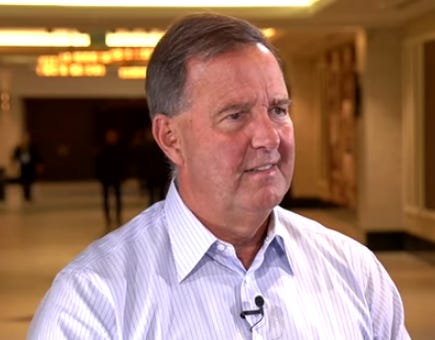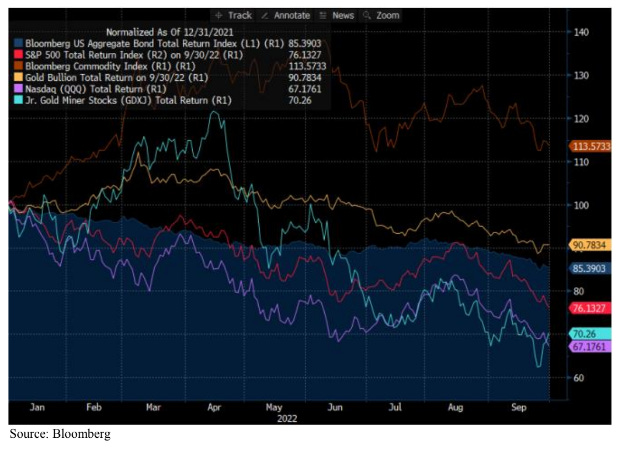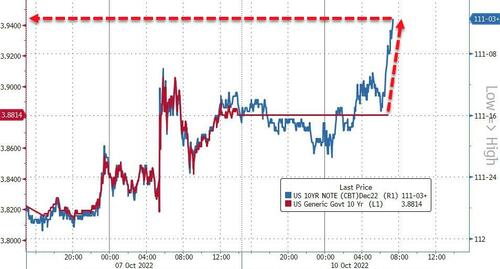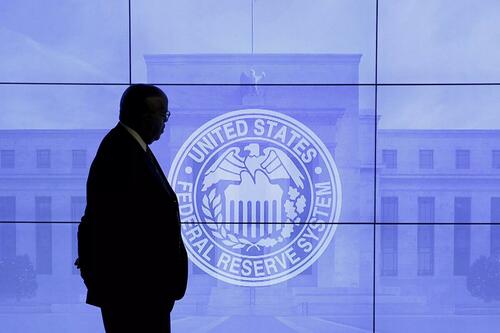
(Natural News) The National Bank of Poland (NBP) has predicted that the Central European nation will be saddled with high inflation for the next two years.
According to the NBP, yearly inflation will hit 14.5 percent in 2022 and drop to 13.1 percent in 2023. Single-digit rates will only begin by 2024, when the country’s inflation is projected to decrease to 5.9 percent. The central bank’s inflation target of 2.5 percent is only expected to be accomplished in 2025.
Figures from Statistics Poland (GUS) showed that inflation in the country hit 17.2 percent in September, and increased to 17.9 percent in October.
The NBP also forecast a 0.7 percent growth in Poland’s gross domestic product (GDP) for 2022. Meanwhile, the GUS predicts a 1.4 percent GDP growth in 2023 and a flat two percent GDP growth in 2024.
Amid all these projections, economic activity in Poland is about to weaken because of the heightened uncertainty, a tightening of financing settings and the economy’s adjustment to higher commodity costs, according to the European Commission’s latest economic forecast.
“The Polish economy continued its upward trajectory in the first half of 2022, although a marked drop in inventories and investment led to a contraction in real GDP in the second quarter. Data on the real economy suggest that growth was at full steam in the third quarter, with industrial output and retail sales expanding at a solid pace. As a result, despite a deterioration in confidence indicators, the second half of the year is expected to see a relatively good performance, leaving annual real GDP growth in 2022 at a projected 4.0 percent,” the European Commission (EC) report said.
Increase in inflation due to rise in food and energy prices
As stated by the NBP’s November report on inflation, the present increase can be largely attributed to the rise in food and energy prices brought by the war in Ukraine and the enormous increase in money printing by global central banks during the Wuhan coronavirus (COVID-19) pandemic…
…click on the above link to read the rest…




